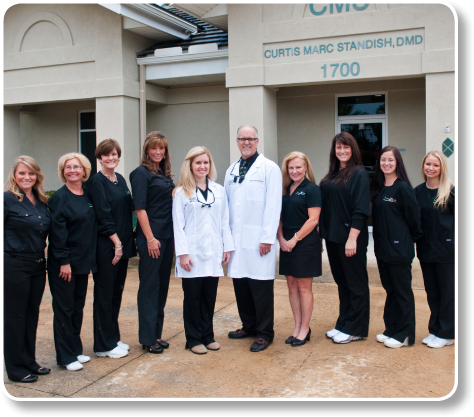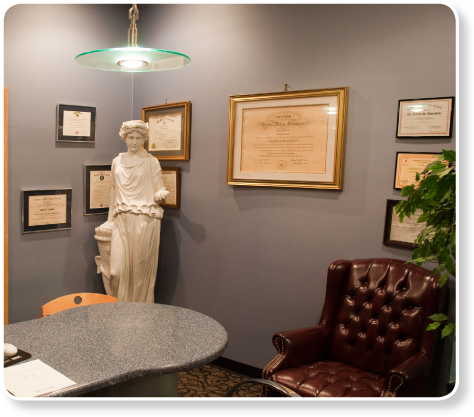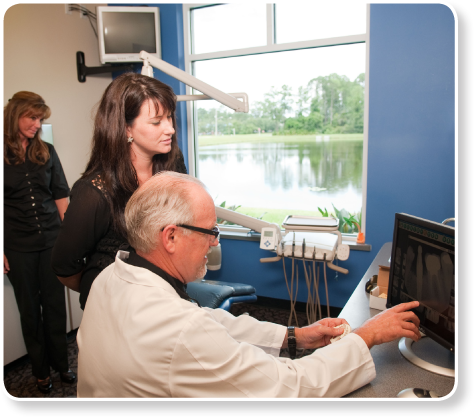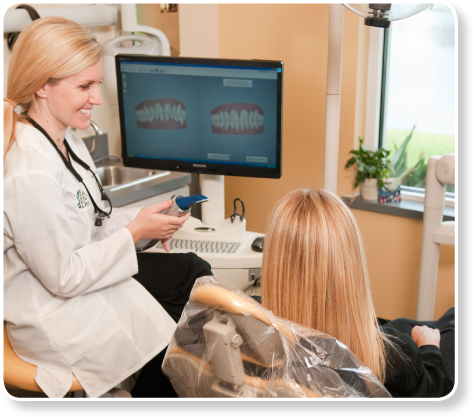When is the Right Time to Take a Baby to the Dentist?
May 1, 2023
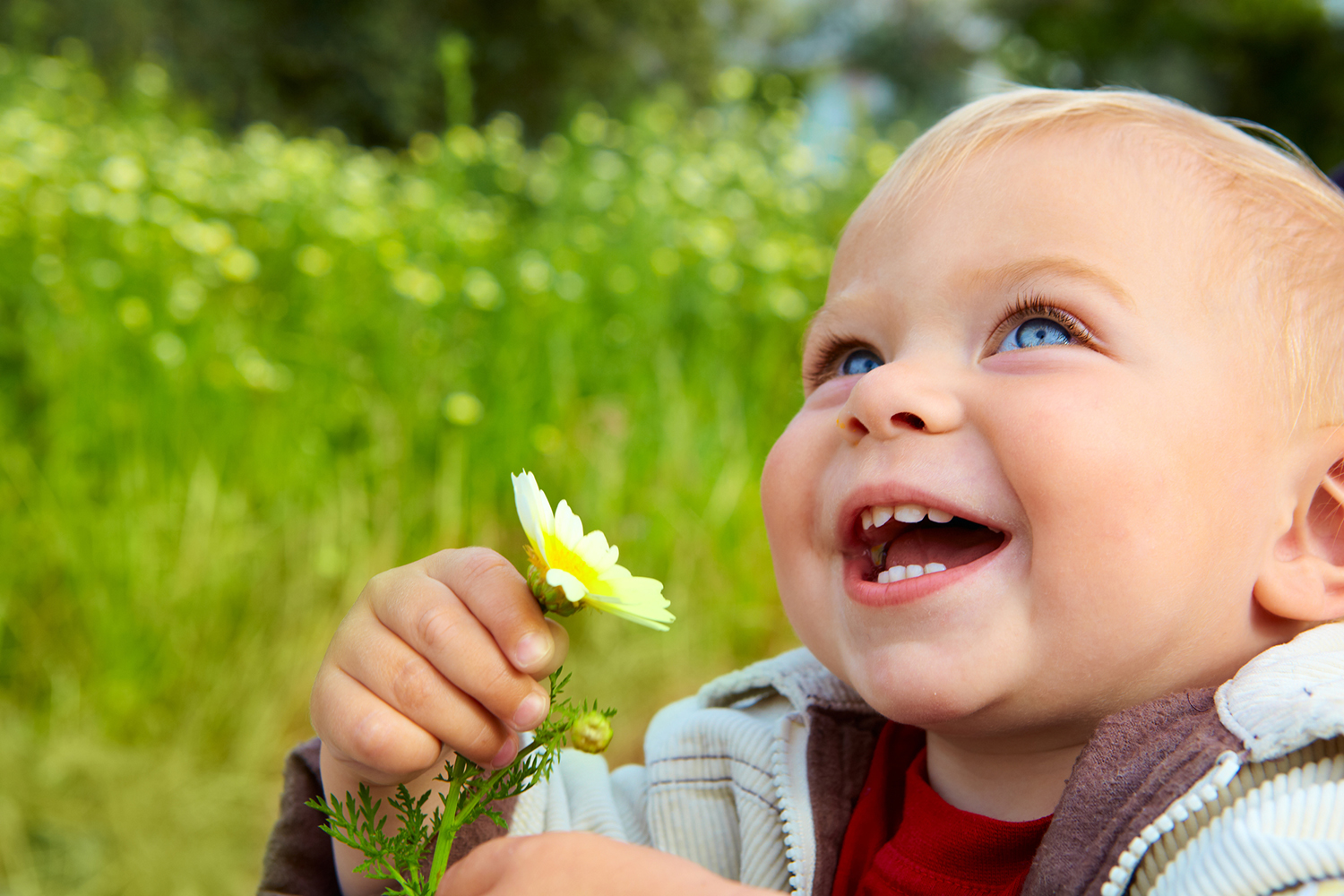
Creating good dental habits in children, like regularly visiting the dentist, is necessary to ensure the best possible outcome for their lifelong oral health. But when is the right time to take a child to the dentist for the first time?
Recommended Age to Take Your Baby to the Dentist
You should take your baby to the dentist for the first time after the first tooth comes in, but no later than a year old. A baby’s first tooth can grow in as early as four months old but will most commonly come in around six months.
You should begin brushing your baby’s teeth as soon as their first tooth appears.
One Year
If you haven’t taken your baby to the dentist by their first birthday, you should do so as soon as possible. The first visit is primarily an educational one. The child is introduced to the dentist, the tools that will be used, and the process of a dentist visit in a child-appropriate way. The dentist also educates the parents on the proper care for their child’s teeth.
It’s only after the child is comfortable that the dentist will even look at the child’s mouth. This is to build trust and make sure that the child isn’t afraid of the dentist or the cleaning process.
Two Years
The second visit is usually at two years, but it depends on the child. If your baby has graduated from bottles to cups and either drinks or snacks in the middle of the night, your dentist may recommend that the second visit occurs at eighteen months instead.
Six-Month Visits
It’s usually at two years of age that the normal schedule of dentist visits every six months begins. Depending on your child’s development and their eating habits, the six-month visits may begin sooner. It’s important to consult with your dentist to make sure you’re taking your baby as often as you need to.
When Do Children Start Getting Teeth?
Teething can be a frustrating time for both babies and parents. The teeth have to come through the gums, which causes pain, making the baby fussy. What can parents expect during this time?
First Tooth
Your baby’s first tooth can come in anytime between three to six months. The first tooth is usually a front bottom tooth, one of the incisors.
All Baby Teeth
The rest of the teeth come in gradually over the next few years. Most children will have the full set of twenty baby teeth by age two or three. The front teeth are usually the first to come in, followed by the ones immediately next to them. The first molars come in around fourteen months. Eighteen months is when the canines and bicuspids come in, followed later by the molars farthest back in the mouth, which usually come in around 26 months.
| First tooth | 3 – 6 months |
|---|---|
| First molars | ~14 months |
| Canines & Bicuspids | ~18 months |
| Farthest molars | ~26 months |
| Full Set | ~26 months |
When Do Children Start Losing Teeth?
Once children have a full set of baby teeth, they spend the next few years growing. The jaw will grow during this time to make room for the adult teeth that will eventually come in. The baby teeth will usually start falling out around the age of six or seven. This usually occurs sooner for girls than boys.
Just like when children start getting their baby teeth in the first place, the first tooth they lose is most often one of the front teeth on the bottom.
When Do Children Have All Permanent Teeth?
Children usually lose all of their baby teeth and have grown in their permanent, adult teeth by the age of twelve or thirteen.
What Should I Expect From the First Visit?
Many adults remember being afraid of the dentist as a child. The first visit is to acclimatize the child to the dentist’s office and to the dentist so that they’ll be comfortable. There’s a gradual buildup to the full dental visits that older children would expect, with the first cleaning and the first use of fluoride coming at the second and third visits or later.
Introduction to the Dentist
On the first visit, a dentist will spend more time introducing the child to the cleaning tools, the dentist’s office, and the cleaning process rather than actually doing any cleaning. It’s only when the child is comfortable there that the dentist will begin to examine the child’s mouth.
This first visit is also about educating parents on the proper care of their children’s teeth. The parent is usually asked to hold the baby for the first visit.
Examination
The dentist will still do an examination and look for any signs of tooth decay as well as checking the jaw and gums. In addition, the dentist will look for any abnormalities or issues that could cause speech problems later on.
Cleaning
The first cleaning may be at the second appointment. The dentist will count the baby’s teeth and then do a cleaning, both brushing and polishing the teeth. Fluoride is usually added in at the third visit.
Other Dental Firsts for Children
By age three, your child’s dental visits should be full visits, complete with cleaning and fluoride. But that’s not the end of the firsts.
X-Rays
X-rays usually are done for the first time at around age five. It does depend on the child and how comfortable he or she is at the dentist, however.
Sealants
Prevention is essential for healthy teeth in children, so dentists will usually recommend them for children aged six or seven. The molars are usually the most important to have sealants on because they can be the trickiest for children to brush.
Orthodonture
While most children won’t have braces until they’re at least twelve or thirteen, the dentist usually recommends a visit to an orthodontist around age seven. This is to identify any potential crooked teeth that could be caused by jaw shape early so they’re easier to correct when the child does get braces later on.
For informational purposes only.







